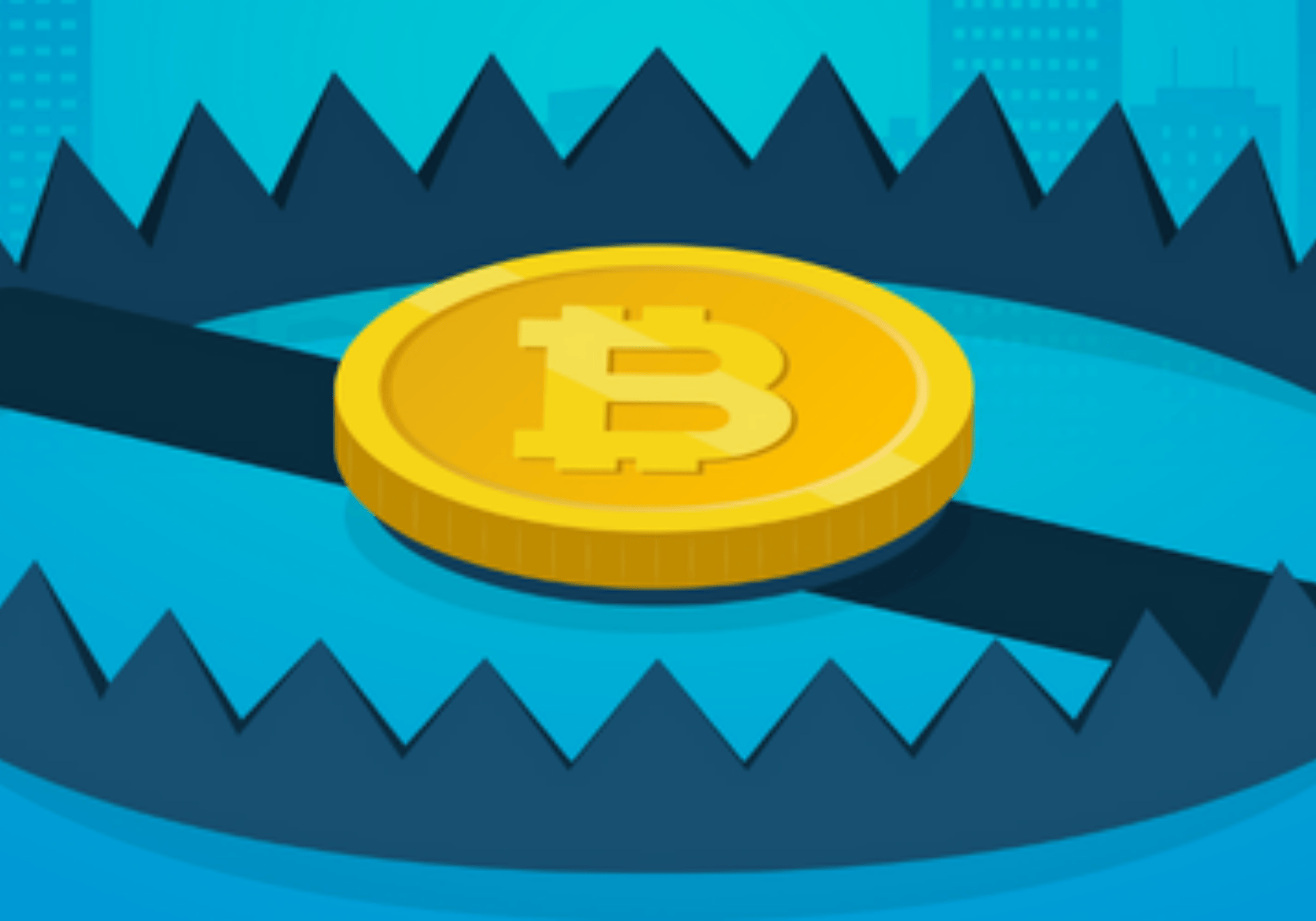The Myth of the No Risk Crypto Investment
Everyone wants a shortcut to wealth. In the world of crypto, people often search for the holy grail — a crypto no risk investment. But here’s the truth: no investment is without risk, especially not in crypto. The market is volatile. Even stablecoins can depeg. And smart contracts can get hacked.
Still, that doesn’t mean you can’t reduce risk. You can make smarter moves. You can avoid most scams. And you can build a strategy that aligns with your risk appetite. Let’s break it down.
What People Mean by “No Risk” in Crypto
When people say “crypto no risk investment,” they usually mean a few things:
- No chance of losing their initial capital
- Steady passive income without worrying about market crashes
- A trustworthy project with long-term stability
But does that even exist in crypto? Not really. However, some options come close — if you play it right.

Options That Minimize Risk in Crypto
You can’t eliminate risk, but you can reduce it. Here’s how:
1. Staking Blue-Chip Assets
Staking tokens like Ethereum (ETH), Cardano (ADA), or Avalanche (AVAX) is a lower-risk way to earn passive income. These are large-cap assets with strong communities and real development. When staked properly via native wallets or reputable platforms, they can yield up to 5-7% annually.
Staking isn’t risk-free though. Protocol bugs, lock-up periods, or validator slashing can happen. But with top-tier projects, the odds are lower.
2. Using Insured DeFi Protocols
Some DeFi protocols partner with insurance providers. For example, Nexus Mutual or InsurAce can cover smart contract exploits. Platforms like Yearn or Aave even have vaults with risk-mitigation features. While premiums apply, it adds a safety net for conservative users.
3. Yield Aggregators with Risk Scoring
Platforms like DeFi Safety or LlamaRisk score projects based on technical audits and decentralization. Pair those insights with yield aggregators like Beefy or Idle Finance to get a well-balanced return without diving into shady protocols.
Are Stablecoins Truly Safe?
Stablecoins like USDC, USDT, and DAI are pegged to the dollar. That feels safe — until it isn’t. Remember Terra’s UST collapse? Even centralized ones like USDC briefly lost their peg. The safest play? Diversify across multiple stables and only store them in audited platforms.
Best Practices for a “Low Risk” Crypto Portfolio
Want to build a portfolio that leans on safety? Follow these steps:
- Stick to blue-chip coins — BTC, ETH, and SOL
- Stake only on-chain or through major providers
- Use cold wallets for long-term holding
- Insure where possible
- Avoid meme coins, low-liquidity tokens, or anything offering insane yields
Consistency beats hype. If you avoid FOMO and manage risks, you’ll outperform 95% of gamblers in the space.
The Closest Thing to a Crypto No Risk Investment
Let’s be honest: crypto no risk investment is a myth. But with research, discipline, and a strategy focused on fundamentals, you can get close. Think of it like crossing a busy road — there’s always danger, but with good timing and caution, you’ll be fine.
Focus on utility, security, and transparency. Stay away from get-rich-quick tokens. Crypto can build generational wealth, but only if you respect the risk.
Disclaimer: This article is for informational purposes only and does not constitute financial advice. Always do your own research.

